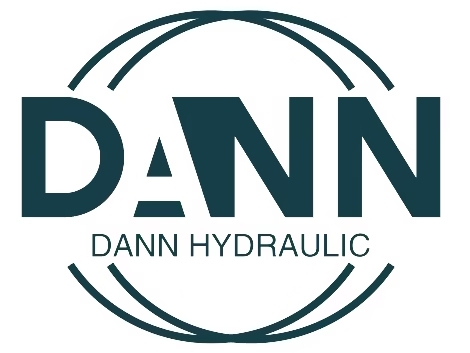Showing all 25 resultsSorted by price: high to low
-
Sale!
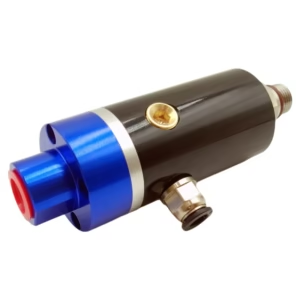
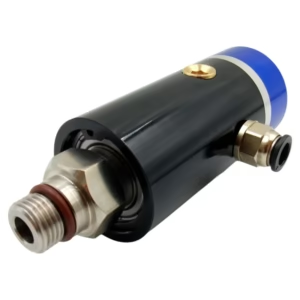
$260.00 Original price was: $260.00.$240.00Current price is: $240.00.
- Medium: Coolant
- Max. Temperature: 70℃
- Max. Pressure: 50 bar
- Max. Speed: 15000 rpm
- Max. Flow Rate: 28 L/Min
- Medium Purity: <25μ
-
Sale!
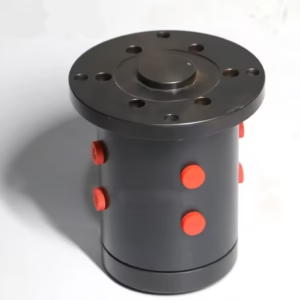

$220.00 Original price was: $220.00.$201.00Current price is: $201.00.
- Product name: Rotary Union Custom Timing
- Flow Stations: 2-10
- Max Hydraulic Pressure: 7,500 PSI
- Max Temperature: 225°F
- Max RPM: 50
- Media Compatibility: Air, Gas, Oil, Steam
-
Sale!
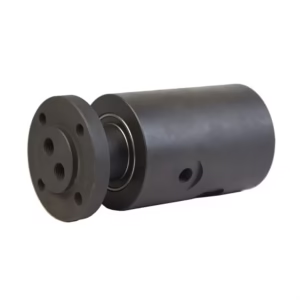
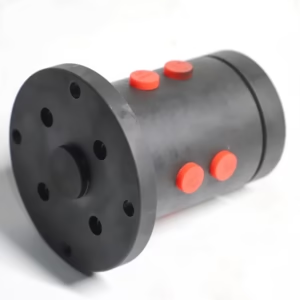
$220.00 Original price was: $220.00.$201.00Current price is: $201.00.
- Product name: rotary union timing valve
- Max. Speed: ≤100RPM
- Max. Pressure: ≤30MPA
- Medium: cooing water, gas, hydraulic oil
- Passage: 1-24, can customize
- Interface size: G1/8″-G1/2″
-
Sale!
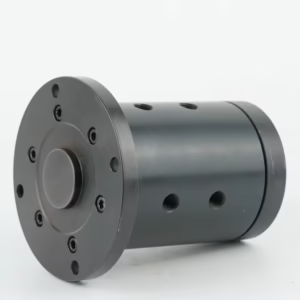
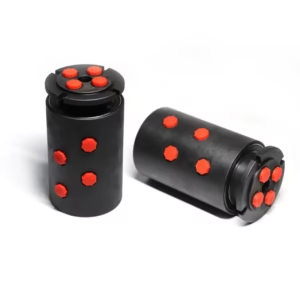
$220.00 Original price was: $220.00.$201.00Current price is: $201.00.
- Customized support: OEM, ODM, OBM
- Max. Hydraulic Pressure: 7,000 PSI
- Max. Air Pressure: 250 PSI
- Max. Vacuum Pressure: 28″ Hg
- Max. Temperature: 225° F
-
Sale!
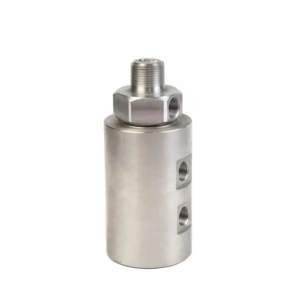
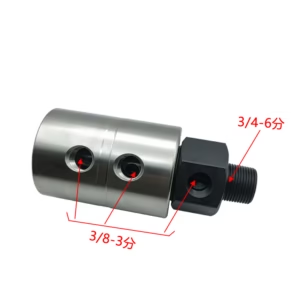
$120.00 Original price was: $120.00.$110.00Current price is: $110.00.
- Maximum Pressure: Up to 400 bar (5800 PSI)
- Maximum Rotational Speed: Up to 42,000 RPM
- Fluid Compatibility: Hydraulic oil, air, water, coolants
- Size Range: Customizable to fit specific needs
- Temperature Range: -20°C to 120°C
-
Sale!
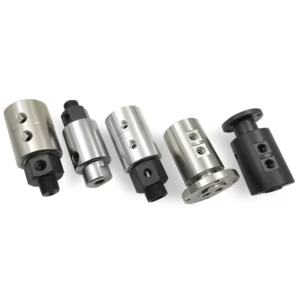
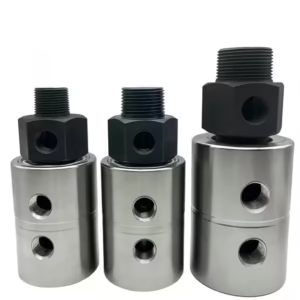
$100.00 Original price was: $100.00.$90.00Current price is: $90.00.
- Maximum Pressure: Up to 400 bar (5800 PSI)
- Maximum Rotational Speed: Up to 42,000 RPM
- Fluid Compatibility: Hydraulic oil, air, water, coolants
- Size Range: Customizable to fit specific needs
- Temperature Range: -20°C to 120°C
-
Sale!
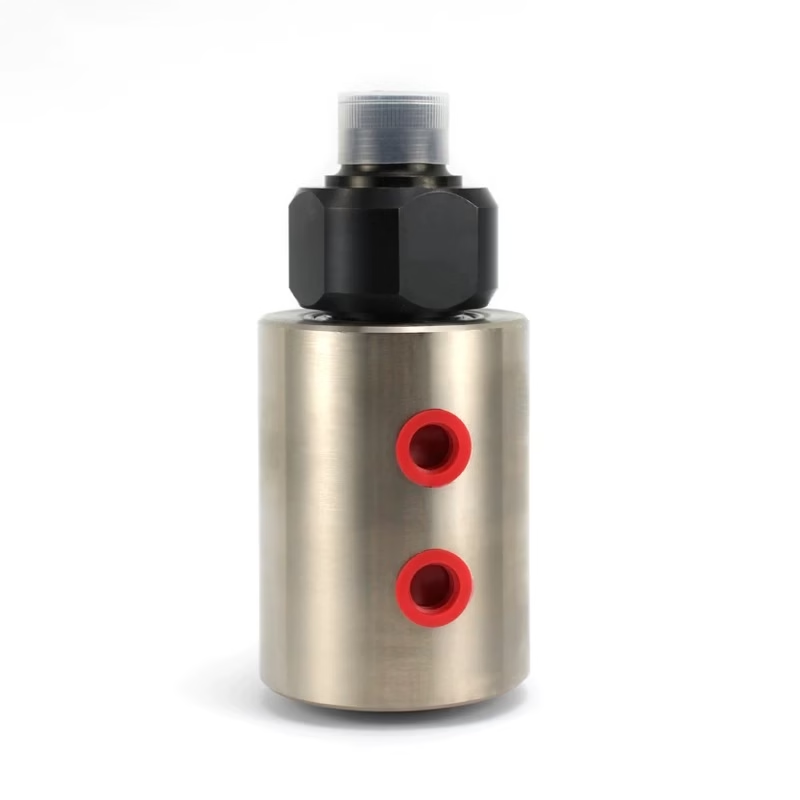
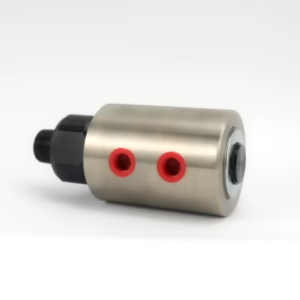
$100.00 Original price was: $100.00.$90.00Current price is: $90.00.
- Max Pressure: 250 PSI (17 Bar)
- Max Speed: 500 RPM
- Port Size: 1/4″ NPT (BSPP Optional)
- Body Material: Hardcoat Anodized Aluminum
- Rotary Seal: Carbon Graphite
- Operating Temp: -20°F to 250°F (-29°C to 121°C)
- Weight: 0.65 lbs (295g)
-
Sale!

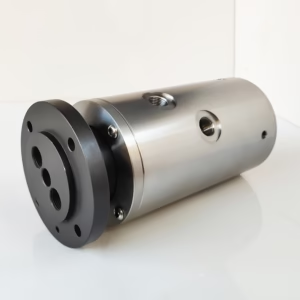
$90.00 Original price was: $90.00.$80.00Current price is: $80.00.
- Maximum Passages:2-12
- Maximum Pressure: Up to 400 bar (5800 PSI)
- Maximum Rotational Speed: Up to 500 RPM
- Fluid Compatibility: Water, air, hydraulic oil, coolant
- Size Range: Customizable to fit specific needs
- Temperature Range: -20°C to 120°C
-
Sale!

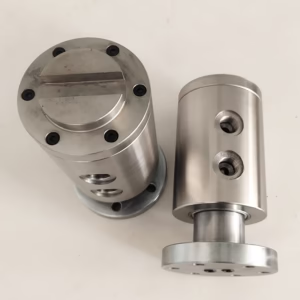
$90.00 Original price was: $90.00.$80.00Current price is: $80.00.
- Maximum Passages:Up to 24
- Maximum Pressure:Up to 400 bar (5800 PSI)
- Maximum Rotational Speed: Up to 500 RPM
- Fluid Compatibility: Water, air, hydraulic oil, coolant
- Size Range: Customizable to fit specific needs
- Temperature Range: -20°C to 120°C
-
Sale!

$80.00 Original price was: $80.00.$77.00Current price is: $77.00.
- Part Number: 1116-048-143
- Max Pressure:210 bar (3,000 psi)
- Max Speed:6,000 RPM
- Media Compatibility:Water, Steam, Hydraulic Fluids, Compressed Air
- Materials: Stainless Steel, Brass
- Seals:Mechanical Seals, Silicon Carbide (Optional)
- Channels:Single or Multi-Channel Configurations
- Temperature Range:-40°C to 200°C (-40°F to 392°F)
- Dimensions:Compact design suitable for tight spaces
- Mounting Options:Various configurations for different installation requirements
-
Sale!

$70.00 Original price was: $70.00.$60.00Current price is: $60.00.
- Material: Stainless steel
- Pipe clamp Size: 32/40/50
- Max.Speed: 100RPM
- Max. Pressure: 5MPa
- Max. Temperature: 220°C
- Applicable Medium: Oxygen, air, superheated water, oil
-
Sale!
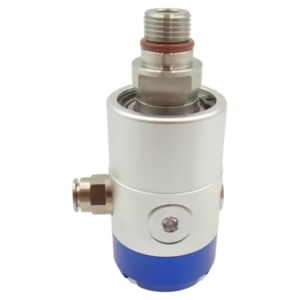

$60.00 Original price was: $60.00.$58.00Current price is: $58.00.
- Medium: Coolant
- Max.Pressure: 70bar
- Max.Speed: 12000rpm
- Max.Temperature: 80℃
- Recommended Filtration: 0.05mm
- Special Feature: Dry Operation Available
- Inlet Interface: G3/8 -19
- Drain Interface: Φ8
- Thread Specification: M16*1.5LH
-
Sale!
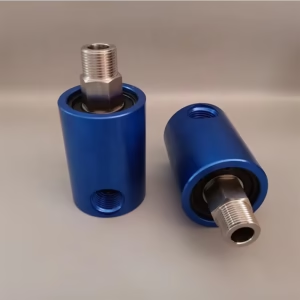
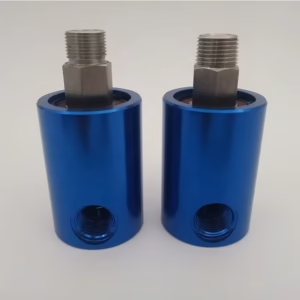
$60.00 Original price was: $60.00.$55.00Current price is: $55.00.
- Size Range: 1/8″ (DN06) to 1 1/2″ (DN40)
- Maximum Pressure: Up to 400 bar
- Maximum Temperature: Up to 120°C
- Speed Capability: High-speed options available
- Thread Types: LH & RH UNF, Metric, BSP & NPT
-
Sale!

$50.00 Original price was: $50.00.$40.00Current price is: $40.00.
-
- style=”list-style-type: none;”>
- Product name:High pressure hydraulic rotary union
- Material:</strong&amp;amp;amp;amp;amp;amp;amp;amp;amp;amp;amp;amp;amp;amp;amp;amp;amp;amp;amp;amp;amp;amp;gt;Stainless steel</strong></li><li><
/ul>
Pipe clamp Size:
32/40/50
- Max.Speed:</strong>100RPM</li>
- <s
- trong>Max. Pressure:5MPa
- Max. Temperature:220°C
- Applicable Medium:Oxygen, air, superheated water, oil
-
Sale!
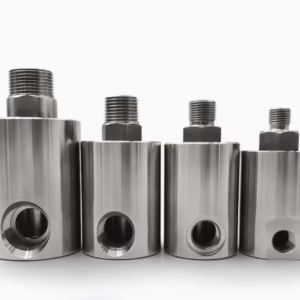
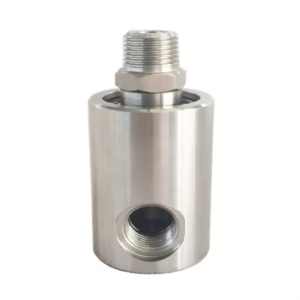
$40.00 Original price was: $40.00.$35.00Current price is: $35.00.
- Size: All kinds of models and sizes
- Max.Speed: ≤5000RPM
- Max. Pressure: ≤450Bar
- Max Temperature: ≤121℃
- Applicable medium: Water, AIR, Oxygen, Hydrogen, etc
-
Sale!

$40.00 Original price was: $40.00.$35.00Current price is: $35.00.
- Material: Stainless steel
- Pipe Clamp Size: 15/20/32/40
- Max.Speed: 100RPM
- Max. Pressure: 5.0MPa
- Max.Temperature: 100℃
- Applicable Medium: Water, oxygen, air, oil
- Suitable for: reel, hydraulic tubing, car washing machine, cleaning machine, fog pile
-
Sale!


$35.00 Original price was: $35.00.$32.00Current price is: $32.00.
- Product name: High pressure rotary joint
- Size: Customized Size
- Max.Speed: 10-300RPM
- Max. Pressure: 0-35MPA
- Max. Temperature: 40-400ºC
- Medium: Steam, oil, water, air, oxygen, hydrogen, etc
-
Sale!
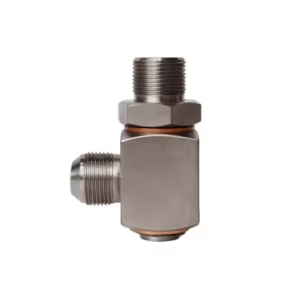
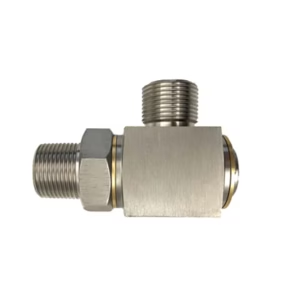
$30.00 Original price was: $30.00.$26.00Current price is: $26.00.
- Material: Stainless steel
- Size: All kinds of models and sizes can be customized.
- Max.Speed: ≤200RPM;
- Max. Pressure: ≤35Mpa;
- Max. Temperature: ≤121℃;
- Applicable medium: Hydraulic oil, water, gas, organic solvent.
-
Sale!
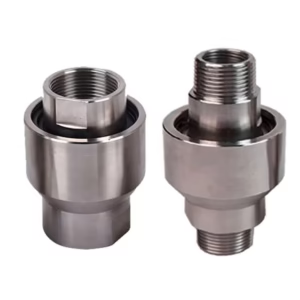
$30.00 Original price was: $30.00.$24.00Current price is: $24.00.
- Material: Stainless steel
- Pipe clamp Size:15/20/32/40/50
- Max.Speed: 100RPM
- Max. Pressure: 5MPa
- Max. Temperature: 220°C
- Medium: Oxygen, air, superheated water, oil
-
Sale!
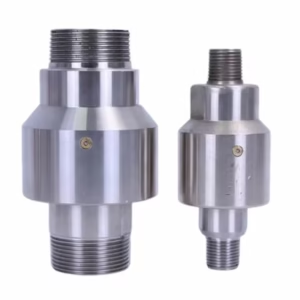
$30.00 Original price was: $30.00.$24.00Current price is: $24.00.
- Maximum Pressure: 20,000 PSI (1,380 BAR)
- Maximum Temperature: Up to 400°F (200°C)
- Maximum Rotation Speed: 5,000 RPM
- Material: Stainless Steel
- Seal Type: Dual O-ring seals
- Connection Types: NPTF, BSPP
-
Sale!

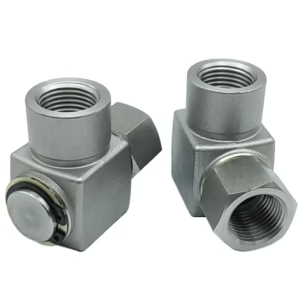
$26.00 Original price was: $26.00.$22.80Current price is: $22.80.
- Applicable pressure: 25MPa
- Applicable temperature: -200~120°C
- Speed range: 0rpm~30rpm
- Applicable media: hot water, high temperature, high-pressure steam, heat exchange fluid, nitrogen, organic solvents, hydrocarbons, cryogenic liquids, and other media.
-
Sale!


$25.00 Original price was: $25.00.$20.50Current price is: $20.50.
- Product Model: DN/DNF
- Withstand pressure: 35MPa
- Rotation speed: 50-3000RPM
- Withstand temperature: 220℃
- Seal type: Imported combination
- Connection size: DN15-DN1000
- Connection method: Flange/Flow
- Medium: water, air, steam, salt water, hydraulic oil, alloy steel
- Material: carbon steel, stainless steel, copper
- Bearing brand: SKF/NSK/HRB/WFD
-
Sale!

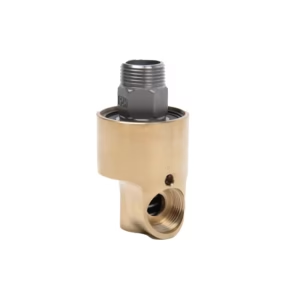
$20.00 Original price was: $20.00.$15.00Current price is: $15.00.
- Product Name: H Type Fluid Rotary Joint
- Media Supported:</strong> Steam, Water, Hot Oil, Air, Coolant
- Working Pressure: Up to 30 bar / 435 PSI
- Rotational Speed: Up to 3000 RPM
- Temperature Range: -20°C to 250°C
- Number of Passages: Single or Dual
- Body Material: Carbon Steel / Stainless Steel / Cast Iron
-
Sale!

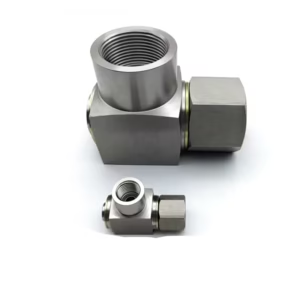
$20.00 Original price was: $20.00.$15.00Current price is: $15.00.
- Rotation speed: ≤0~30 Rpm
- Temperature: ≤-200~120℃
- Pressure: ≤1~25 Mpa
- Medium: hot water, steam, nitrogen, organic solvents, carbon oxides, cryogenic liquids
-
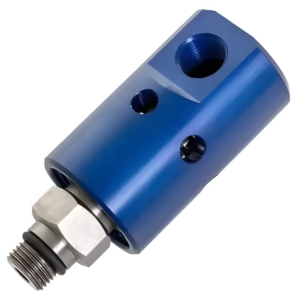
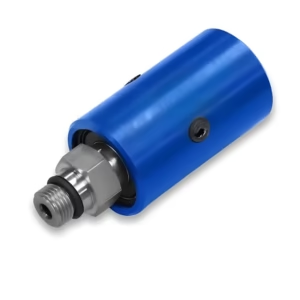
- Model Number: 1101
- Flow Direction: Single-Flow
- Inlet Type: NPT BSP ORB
- Applicable medium: Coolant
- Coolant Max. Pressure: 105bar
- Coolant Max. Temperature: 71 °C
- Max. Speed: 15000rpm
